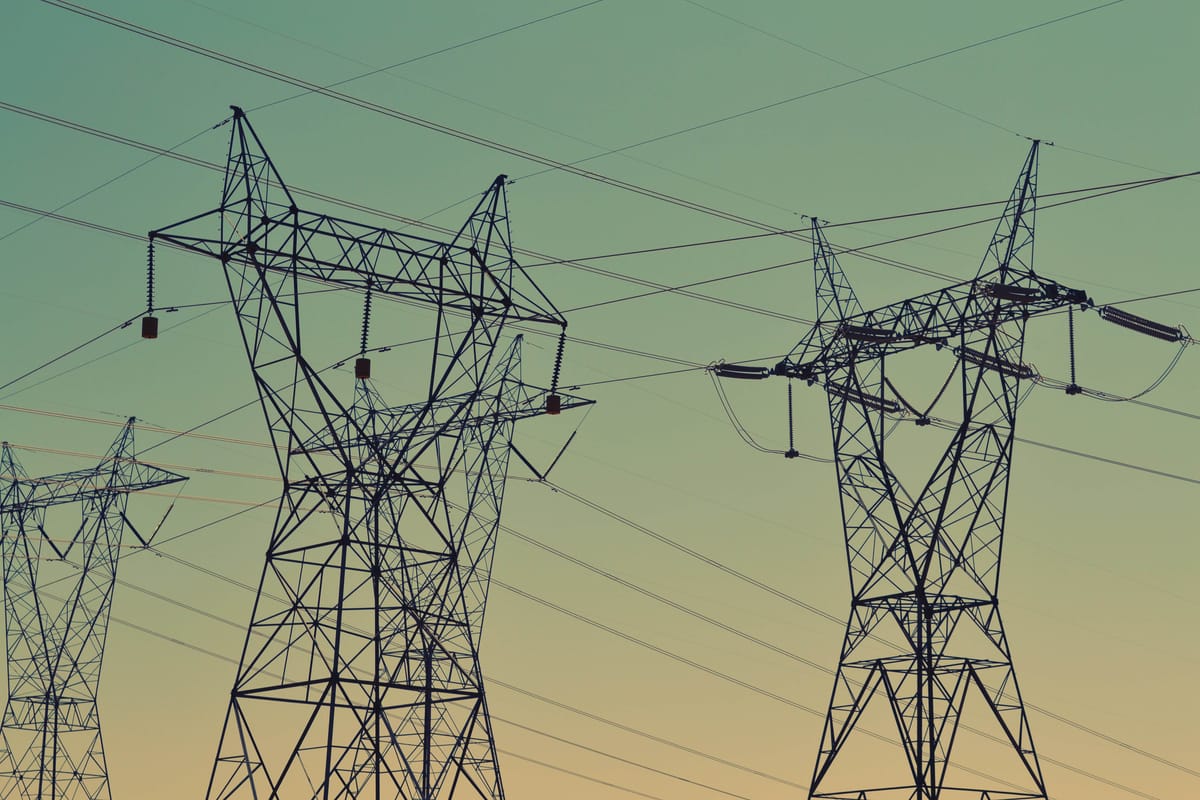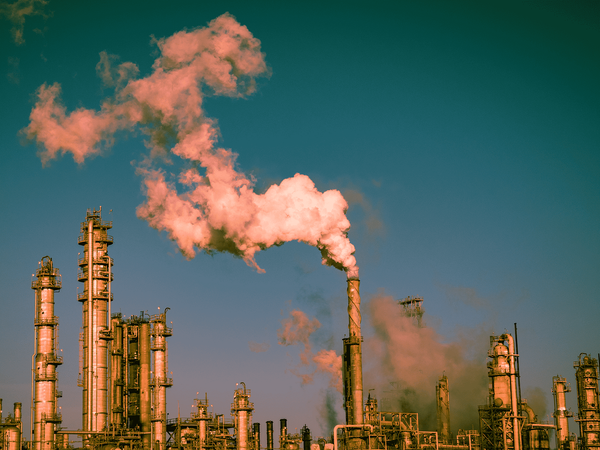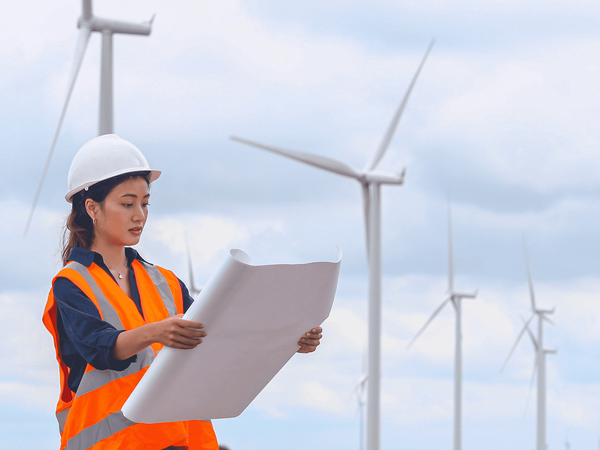Nord Stream leaks amid soaring energy prices

Earlier this month, the EU’s Energy ministers urged the European Commission (EC) to take immediate action against the current energy crisis. The action plan that includes the discussion of imposing a price cap on natural gas was supposed to be delivered in mid-September, but it has been postponed.
Summer is over, and Europe waits for cold winter through an energy crisis with uncertainty. The Ukraine-Russia conflict has had a massive impact on the world, especially Europe, as the continent was heavily dependent on Russia for gas and electricity. With the continuous rising tension between Moscow and the West over the war, the natural gas supplies to the continent have shrunk. This Wednesday, the majority of EU governments again pushed the EC to impose a price cap on natural gas wholesale prices.
Earlier this week, Nord Stream pipelines 1 and 2 have been leaked near the Danish and Swedish economic region, which Europe believe is an act of sabotage. Both pipelines were not delivering but contained gas, that got leaked into the sea after the possible explosion.
This confirms that there is no way back for the Nord Stream pipelines to be in operation. This only brings an increasing fear of soaring gas prices in Europe and requires immediate action from the government.
The member states have continuously pressurized the EC to act on the issue before it becomes a catastrophe, but the EC argues that it needs more time to assess the impact on demand for the fuel and the region’s security of supply.
Soaring energy bills
In July, inflation jumped to a new all-time high of 8.9 % in Europe for the 19 countries that are bounded by the euro. Energy costs rose, which not only affected homes but the industries. Some countries, such as Poland, Italy, Hungary, and Norway suspended the operation of their factories that produce ammonia— an ingredient to make fertilizer.
Currently, the gas prices are almost 12 times higher than at the start of 2021 and there’s no sign of the energy crisis improving any time soon. While the economy was still struggling through COVID, the EU countries allocated €236 billion from September 2021 to August 2022 to shield households and industries from rising energy prices, but then the war happened, and the economy continued to go downhill. In the past year, EU countries have spent €280 billion ($281.15 billion) to shield consumers from energy costs.
The lower energy supply has already delivered a concerning impact on Europe’s daily life. In Eastern Europe, people are rationing up on firewood, while in Germany, people are counting on an energy-saving heat pump, which could take another half a year. And businesses are already running at their lowest capacity, compromising their warm comfort on chilly days. According to US investment bank Goldman Sachs, the average energy bills of a typical European family could reach €500 per month early next year, compared to €160 in 2021.
Would a price cap work?
The EU first proposed a cap on gas and electricity price in March, after the effect of the Ukraine-Russia conflict provoked the rise in energy prices. Countries have now announced energy savings campaigns to encourage the public to reduce power consumption during the winter. The detail of the proposed price cap is yet to be disclosed, but the most high-profile disagreement has been whether the proposed cap would be on Russian gas or all gas imports into the EU.
Many countries have offered subsidies over some rising cost of energy for households, while some have also suggested windfall taxes on energy firms. France, for example, has capped electricity price hikes. However, in Germany, economist Daniel Gros thinks that a consumer price cap would be a subsidy for fossil fuels, which works against our plan to reach net-zero emissions.
Economy and Environment Energy Minister, Mr. Habeck, hinted at windfall taxes as one of the solutions to give back to the people as a subsidy.
Renewable energy
The solar panels absorb sunlight through photovoltaic cells and convert it into electricity that can also be stored for later use. People who have successfully installed solar panels report it becoming economically attractive as they are saving hundreds of dollars on electricity bills.
In the UK, just over 3,000 solar installations are being carried out every week, up from 1,000 a week in July 2020. However, a larger upfront installment cost of thousands of Euros automatically puts off many households. The upfront cost of a solar panel depends on various factors, such as the size of the system, panel type, quality, accessibility and state of the roof, and the installer— that brings the total cost in the range of £9,000 to £11,700. However, the prices for solar panel systems have fallen by more than 60% in the last decade and continue to improve. This means it takes between four and five years before it becomes an economically viable choice.
Even before the war in Ukraine put energy security at the forefront, the new German government had already pledged that wind and solar would make up 80% of electricity production by 2030, instead of 42% today. In 2021, Germany increased its solar power capacity by 10% compared to 2020— making the total solar power capacity to be 59 gigawatts now. With the current trend of rising energy bills, the value of electricity generated through solar panels could almost double.
Will prices come down?
Some European industry experts believe that energy prices will likely stay elevated for several years. The CEO of energy giant Shell, Ben van Beurden predicted at a conference that high prices could last for several winters. Belgium's energy minister, Tinne Van der Straeten, warned that the next five to ten winters will be terrible and called for immediate action to cap prices.
EU countries have put up €314 billion so far since September 2021, and it will continue to increase as energy prices remain elevated. The proposal document on gas price caps, windfall levy, and a mandatory power demand-reduction target is being discussed by energy ministers today (30, September). However, regardless of whatever action plan they choose or whatever outcome the Ukraine-Russia conflict may bring, Europe has no other options than to be Russian gas independent and seek alternatives— be it home or away.
Summary
- Nord Strem pipelines 1 and 2 leak while the energy crisis continues
- European Commission’s action plan on energy markets is delayed
- The energy bills have soared since the Ukraine-Russia conflict started
- Renewable energy, especially solar, has been an attractive option
- Countries await EU proposal to curb energy prices



